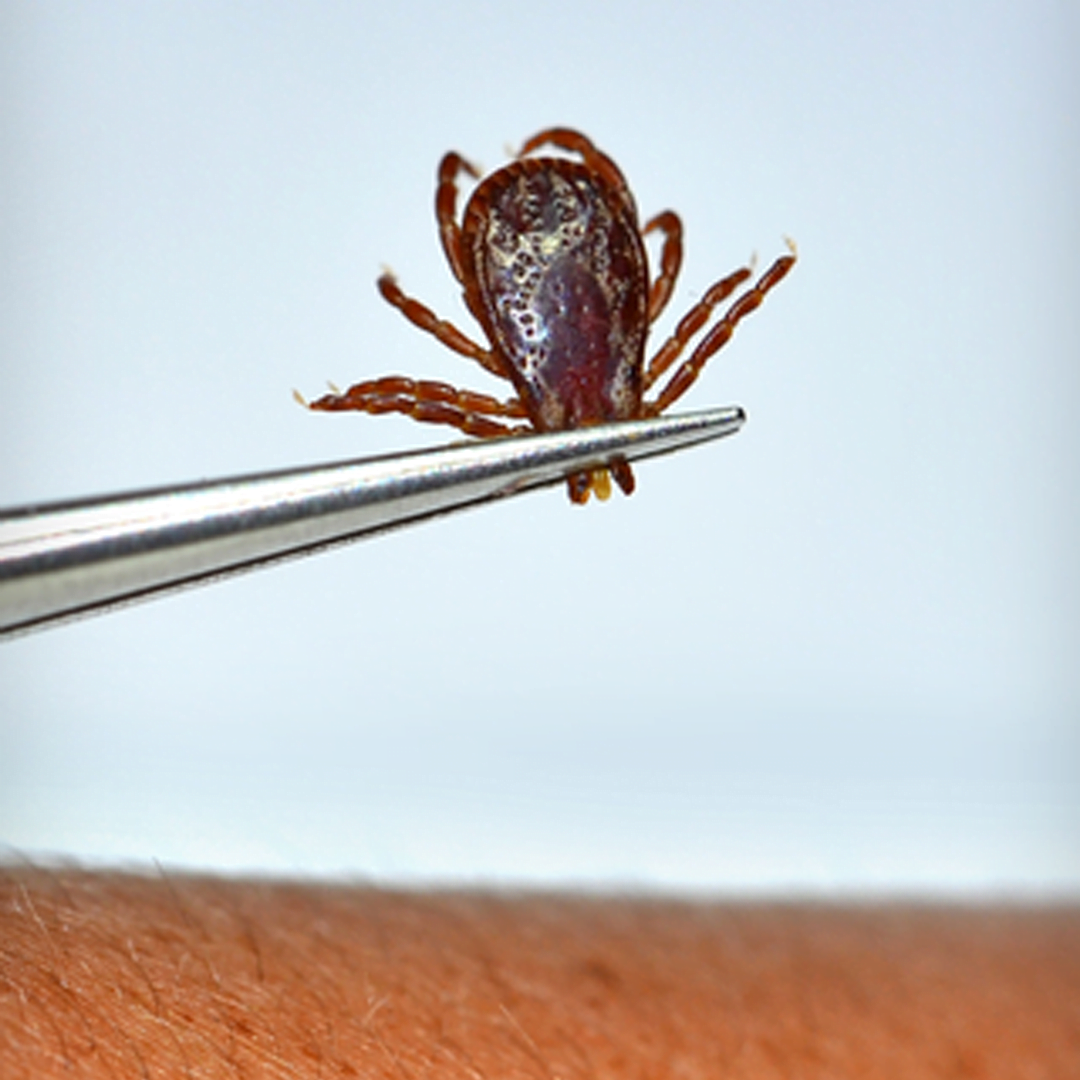Ixodes Ricinus / Sheep Tick
The Ixodus Ricinus is also called the Sheep Tick and is the only tick species that occurs in the Netherlands. The tick is known in the Netherlands for spreading Lyme disease, but abroad this tick also spreads other diseases.
Where is the Ixodes Ricinus?
The sheep tick is known in the northern hemisphere and is often found in Northern and Eastern Europe. In addition, the Ixodes Ricinus also occurs in Russia and in the northern countries of Asia. This tick species is also well-known in Canada and the northern United States.
The Ixodus Ricinus is mainly found in places where the humidity is high, for example in places with low vegetation. The tick hides in all kinds of 'green' places, such as bushes, tall grasses and trees. And not only in nature parks, but also in city parks, grass dikes, meadows and gardens. Ticks are mainly active from March to November, but they sometimes also appear during mild winters. They are less present during a summer period with a lot of drought.
The tick often bites onto the body of people and prefers to sit in warm, moist places. Think of groins, hollows of the knees, armpits, the area behind the ears and the pubic area. Because children are smaller, it is common for ticks to hide at their hairline or behind their ears.
Development of Ixodes Ricinus
The tick develops from larva to nymph. After that it becomes an adult tick and males and females can be distinguished. The nymphs are probably the most important for transmitting diseases to humans, since they have already sucked blood and can therefore carry poison. The nymph is only one millimeter in size and is therefore easily overlooked. The females are often the largest and are therefore somewhat more noticeable. The males do not suck blood and therefore have no role in transmitting diseases.

Disease transmission by Ixodes Ricinus
The most well-known disease transmitted by the Ixodes Ricinus is Lyme disease, which originates from the Borrelia bacteria. The disease is characterized by a red circular spot at the site of the tick bite, after which fever and flu-like symptoms develop. In a later stage, the bacteria can also affect the joints, the nervous system and the heart. The disease is fatal in rare cases, so treatment with antibiotics is necessary.
In the Netherlands, the Ixodes Ricinus actually only spreads Lyme disease, but abroad the tick is also known as the transmitter of Tick-borne Encephalitis (TBE). Ixodes Ricinus transmits this disease immediately after the tick bite. A week after the bite, fever and flu can occur. One in three infected people also get meningitis. This is often accompanied by headache, dizziness and stiffness of the neck, shoulders and back. This disease can also be fatal. It is possible to be vaccinated against Tick-borne Encephalitis.
A lesser known disease that Ixodes Ricinus can transmit is Human Granulocytic Ehrlichiosis (HGE). The symptoms include fever, headache and muscle pain. Liver dysfunction is also a possible symptom. The symptoms usually occur within a week after the bite. They can be remedied with an antibiotic.
